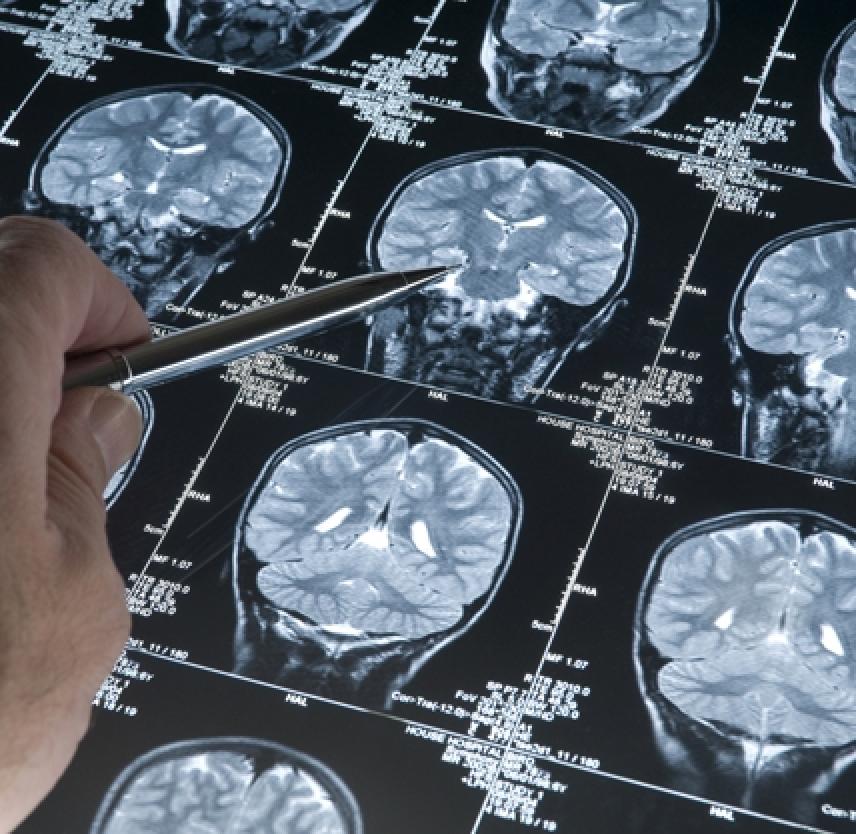
Abstract
Traumatic brain injury (TBI) is widespread and leads to death and disability in millions of individuals around the world each year. Overall incidence and prevalence of TBI are likely to increase in absolute terms in the future. Tackling the problem of treating TBI successfully will require improvements in the understanding of normal cerebral anatomy, physiology, and function throughout the lifespan, as well as the pathological and recuperative responses that result from trauma. New treatment approaches and combinations will need to be targeted to the heterogeneous needs of TBI populations. This article explores and evaluates the research evidence in areas that will likely lead to a reduction in TBI-related morbidity and improved outcomes. These include emerging assessment instruments and techniques in areas of structural/chemical and functional neuroimaging and neuropsychology, advances in the realms of cell-based therapies and genetics, promising cognitive rehabilitation techniques including cognitive remediation and the use of electronic technologies including assistive devices and virtual reality, and the emerging field of complementary and alternative medicine.
Keywords:
traumatic brain injury, assessments, treatments
About the authors
- Steven R. Flanagan: New York University School of Medicine, The Rusk Institute of Rehabilitation, New York, NY
- Joshua B. Cantor: Department of Rehabilitation Medicine, Mount Sinai School of Medicine, New York, NY
- Teresa A Ashman: Department of Rehabilitation Medicine, Mount Sinai School of Medicine, New York, NY
Correspondence: Steven R Flanagan, The Rusk Institute of Rehabilitation, New York University Medical Center, 400 East 34th Street, New York, NY 10016, Fax +1 212 263 8510, Email steve.flanagan@nyumc.org.
From Neuropsychiatric Disease and Treatment, 2008; 4(5): 877-892, Dove Press.
